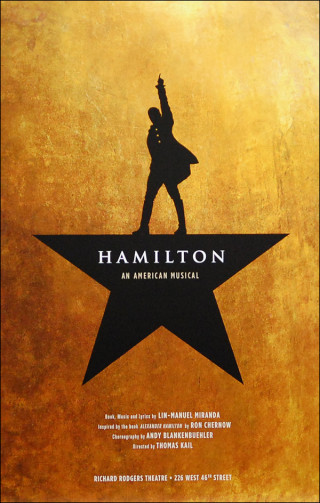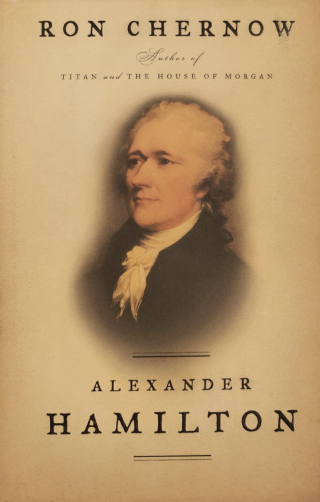The Schuyler Mansion State Historic Site is working to parse fact from fiction when it comes to Alexander Hamilton’s role as an enslaver.
While some historians have made the case that Hamilton was an abolitionist or a reluctant slave owner, an article from the Schuyler Mansion claims otherwise.
“ . . . Not only did Alexander Hamilton enslave people, but his involvement in the institution of slavery was essential to his identity, both personally and professionally,” writes Jessie Serfilippi in a report titled “As Odious and Immoral a Thing: Alexander Hamilton’s Hidden History as an Enslaver.”
During the past few years, the historical interpreter has been poring over ledgers and correspondence of Hamilton and his wife, Eliza Schuyler Hamilton, in an effort to gain a clearer picture of Hamilton’s involvement with slavery.
“In the 21st century, Alexander Hamilton is almost universally depicted as an abolitionist. From Ron Chernow’s ‘Hamilton’ to Lin-Manuel Miranda’s ‘Hamilton: An American Musical,’ there is little room in modern discourse for questioning the founder’s thoughts and feelings on slavery,” writes Serfilippi.
She goes on to explore Hamilton’s relationship with the slave trade from his childhood to his adulthood. Hamilton grew up in a home with several enslaved people, and early on in his career he worked as a clerk at Beekman and Cruger, a St. Croix trading post that imported and sold slaves on several occasions, according to Serfilippi.
She points out that throughout his career as a politician, Hamilton acted as a middleman for his family and friends to purchase enslaved people. In Hamilton’s 1784 cash book, he documented the sale of a woman named Peggy, who Hamilton sold to Malachi Treat, a physician Hamilton knew. In his 1797 cash book, he recorded that he spent $225 purchasing “a negro woman and child” for John Church, his brother-in-law. According to Serfilippi, Hamilton and his wife also owned at least four enslaved people.
While the article “As Odious and Immoral a Thing” was released last year, it was only recently posted online via the Schuyler Mansion’s website. It’s part of a growing body of research that historians and interpreters at the historic site have been working on over the past few years, according to Serfilippi. They have been researching the lives of those who Philip Schuyler and his wife, Catherine Van Rensselaer, enslaved, creating programs and tours to share with visitors.

